1. Store-Bought Frosted Cupcakes
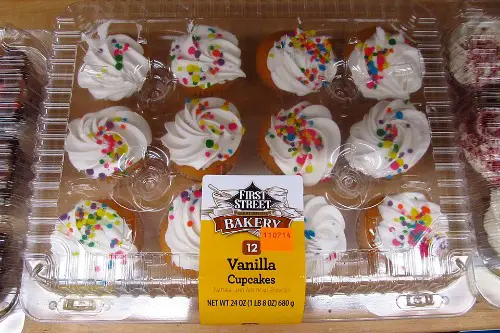
Everyone loves cupcakes, right? Well, store-bought versions with generic frosting can make a host feel like they skipped dessert prep entirely. Guests might notice the uniformity or the overly sweet, artificial flavor, which subtly signals a lack of effort. It’s not the worst dessert ever, but it’s not going to win any culinary awards either.
Even if the host had a long week and relied on convenience, the cupcakes’ appearance and taste can unintentionally draw judgment. Guests might feel polite about saying nothing but their expressions often give it away. Homemade or even artisanal cupcakes usually fare better because they show thought and care. The contrast is subtle, but it’s there.
2. Overly Gelatinous Jello
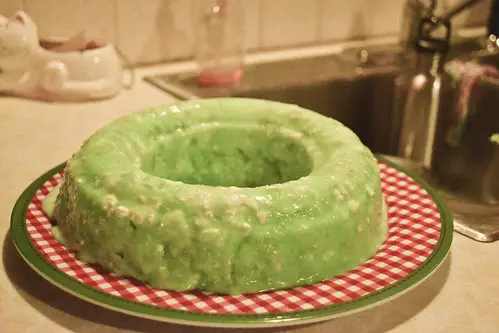
Jello can feel nostalgic, but when it wobbles suspiciously on the plate, it can make guests raise an eyebrow. The bright, neon colors and overly firm texture sometimes scream “kid’s party” rather than elegant adult dessert. It’s tricky because Jello isn’t inherently bad; it’s just hard to make it feel sophisticated.
When served at a dinner party, the overly firm, jiggle-heavy Jello can come off as a last-minute choice. People might smile and eat it, but it silently suggests the host didn’t plan a proper dessert. A softer, fresher gelatin or layered version could change the perception entirely. Without care, it’s a nostalgic misstep in an adult setting.
3. Pre-Packaged Brownies
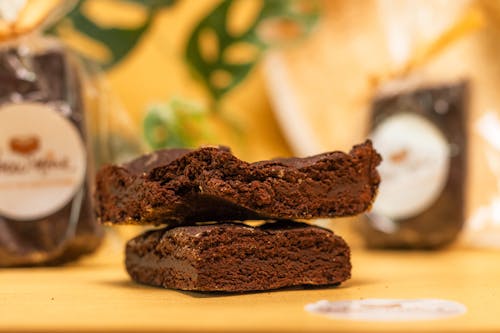
Pre-packaged brownies might be easy, but they have a very specific “I didn’t bake this” vibe. Guests can usually tell from the uniform texture and slightly chemical taste. It can feel like a shortcut when the host wanted to impress with dessert. No one wants to make a big deal out of it, but it sends a subtle message.
Even if the flavor is decent, the visual impact can be underwhelming. Homemade brownies, dusted with cocoa or adorned with nuts, look more intentional and thoughtful. The difference between store-bought and homemade is small in effort but large in perception. Presentation matters as much as taste here.
4. Ice Cream Straight from the Tub
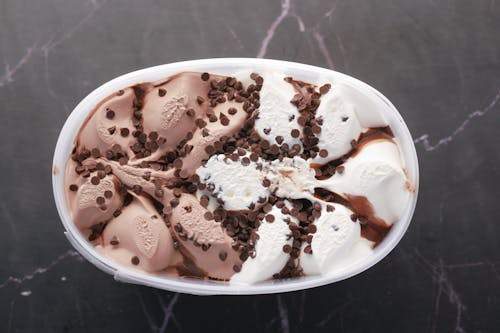
Scooping ice cream straight from the container seems fine at first glance, but it can make the host appear unprepared. Guests might silently judge the lack of bowls, toppings, or even a slightly nicer serving dish. Ice cream deserves a little styling to feel like a dessert course rather than an afterthought.
Even premium ice cream loses some charm when served like this. A simple bowl, a sprinkle of nuts, or a drizzle of chocolate sauce elevates it instantly. The host’s effort becomes part of the experience, making a basic dessert feel special. Without it, it’s just… ice cream from the tub.
5. Fruit Salad That’s Watery or Soggy

Fruit salad is a healthy choice, but when it’s overly watery or mushy, it can feel sloppy. This usually happens when fruit sits too long or is poorly prepared. Guests might grimace at the texture or notice that the fruit flavors have blended into something bland. Presentation is key, and this one often misses the mark.
Even when the fruit is fresh, a tossed-together bowl can seem careless. A light glaze, mint garnish, or careful selection of ripe fruits transforms the dish entirely. It’s a small effort that makes a big difference in perception. Without attention, this innocent dessert quietly embarrasses the host.
6. Packaged Pudding Cups
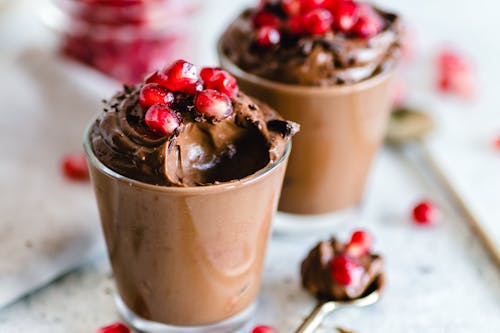
Individual pudding cups are convenient but scream last-minute planning. They often come in bright plastic packaging, which can feel childish or out of place in a sophisticated setting. Guests usually eat them politely but note the lack of finesse. It’s a dessert that says “I remembered dessert” without really impressing.
Even upgrading to homemade pudding dramatically improves reception. Served in clear glasses with whipped cream or a sprinkle of cocoa, pudding can feel elegant. The pre-packaged option, while safe, misses the opportunity to show care. Presentation and personalization are key here.
7. Overly Dry Cake
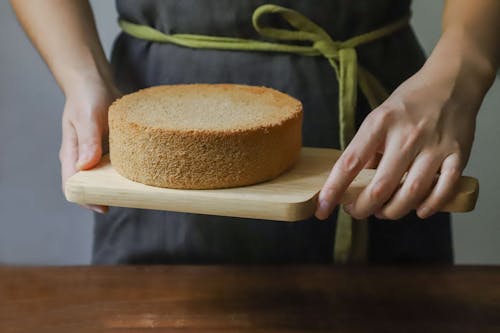
A cake that’s dry to the bite, no matter how flavorful, can feel like a missed effort. Dryness often happens from overbaking or being prepared too far in advance. Guests may chew politely while wondering if there’s another dessert to rescue them. It leaves a lingering sense that the host’s timing or skill faltered.
Moisture in cake is the difference between “delightful dessert” and “awkwardly polite eating.” Even a simple syrup soak or fresh frosting layer can salvage the experience. It’s a subtle but noticeable misstep. Guests might avoid commenting, but the embarrassment is real.
8. Dessert That’s Too Gimmicky
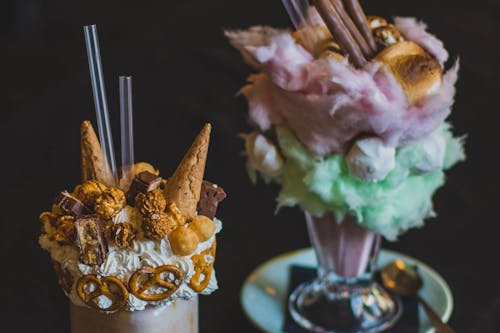
Desserts like glow-in-the-dark cotton candy or overly themed cupcakes can be fun for kids but tricky for adults. Guests may appreciate the effort but feel confused or hesitant. When a dessert leans heavily on gimmick rather than flavor, it risks coming off as juvenile. The intention is fun, but the execution can falter.
Adults often want taste first, spectacle second. A dessert that prioritizes novelty over quality can quietly undermine the host’s culinary credibility. It’s a case where creativity needs balance. Without it, it’s entertaining but embarrassing.
9. Overly Sweet Candied Nuts or Caramel Treats
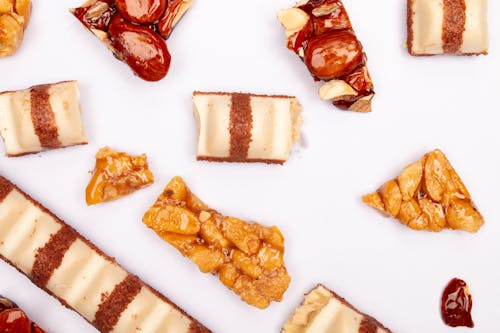
Candied nuts and caramel desserts can be delicious, but they’re easy to overdo. Excess sugar can dominate the palate and feel cloying. Guests might smile politely but secretly wish for a palate cleanser. It’s the kind of dessert that oversells indulgence and under-delivers on refinement.
Moderation is key here. A light caramel drizzle or a smaller portion can make it feel thoughtful rather than excessive. When it’s too sticky or sugary, it signals a lack of restraint. The dessert becomes memorable for the wrong reasons.
10. Dessert with a Weird Flavor Combo
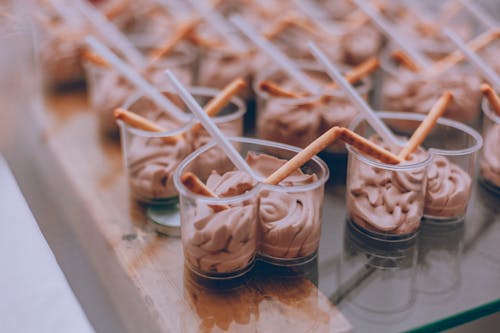
Unusual flavor combinations like bacon-chocolate mousse or lavender-licorice tart can be bold but risky. If guests aren’t expecting it, the first bite may provoke surprise, hesitation, or even disgust. The host likely intended to impress with creativity, but it can backfire. Taste perception varies widely, and adventurous desserts can alienate.
Even if some guests enjoy the daring choice, others quietly judge it. Dessert is often about comfort and indulgence, not culinary experimentation. Unexpected flavors at a casual dinner can cause minor embarrassment. It’s a gamble that sometimes loses.
11. Pre-Sliced or Shriveled Fruit Tarts
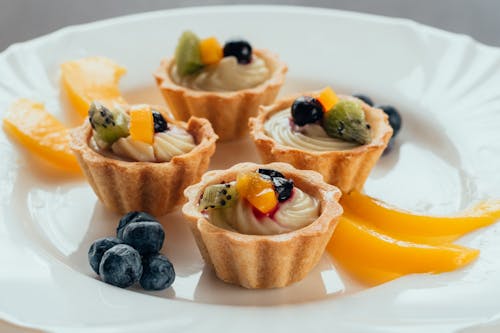
Fruit tarts look gorgeous in the bakery window but can lose charm quickly at home. Pre-sliced or slightly shriveled fruit on top signals the host didn’t invest time in careful arrangement. Guests may eat it anyway but notice the uneven or dull presentation. It’s a subtle cue that the dessert wasn’t fully considered.
Freshness is critical. A tart with vibrant, well-arranged fruit feels luxurious and thoughtful. When the fruit looks tired, the dessert feels like it was rescued from the fridge rather than celebrated. Presentation counts as much as flavor here.
12. Frozen Desserts Without Thawing
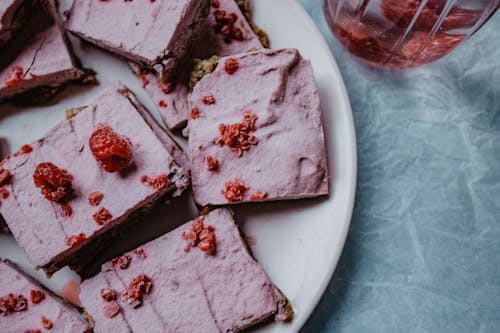
Serving a dessert like cheesecake or mousse straight from the freezer can be disappointing. Guests have to struggle with a hard texture, which is frustrating and awkward. The flavor and mouthfeel often suffer, leaving people underwhelmed. It’s an easy mistake but one that is immediately noticeable.
Even just letting the dessert reach room temperature before serving can make a dramatic difference. Guests notice when attention to detail is missing, even in something simple. Frozen desserts require patience and timing to shine. Without it, the host’s effort can feel unintentional.
This post 12 Dessert Choices That Quietly Embarrass Hosts was first published on Greenhouse Black.
